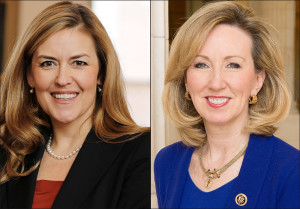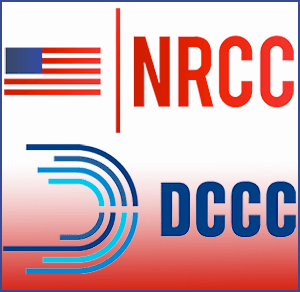By Jim Ellis

Virginia state Sen. Jennifer Wexton, D-Loudoun County (left) | Rep. Barbara Comstock, R-McLean (right)
In June, Monmouth University released a survey that found the congresswoman dropping behind her Democratic opponent by a substantial margin, 50-41 percent, under a standard midterm turnout model; President Trump’s approval rating was severely upside down; and rumors were circulating that the National Republican Congressional Committee (NRCC) was looking to cancel its multi-million dollar media air time reservation.
Now, things have picked up for Comstock. Yesterday, Monmouth released their new survey for this district (Sept. 26-30; 374 likely VA-10 voters), and it shows her gaining strength when compared to their June data. Still, Wexton leads in all three of their projected turnout models, but it is clear that the momentum is moving in Comstock’s direction.
Under the standard midterm participation model, the Wexton lead is 50-44 percent. If the turnout is low, her margin dips to 50-46 percent. And, if a “Democratic surge” actually takes hold of the electorate, the margin increases to 53-42 percent.
Though Rep. Comstock is behind under all turnout models, her standing has improved in each since June, and reports from inside her campaign suggest the numbers might be even better. Under the standard turnout model forecast in June, the Comstock gain is a net three percentage points. Within the low turnout model, she gains a net five points, and even her standing vis-a-vis the “Democratic surge” is better, by a net two percent.


